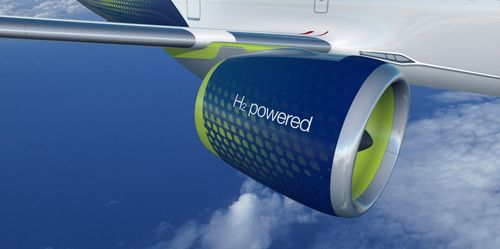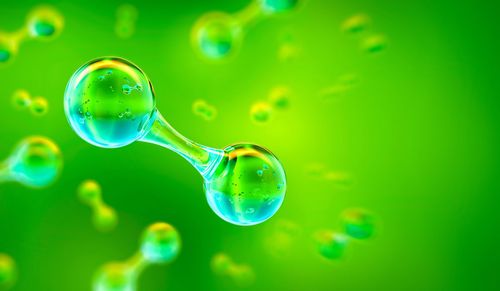New York is among the few U.S. states with legislation supporting clean hydrogen in the works. With relatively few planned hydrogen projects compared to fellow economic powerhouses California and Texas, New York has not one but two bills aiming to help get the fledgling sector off the ground.
The first one, Senate bill 2023-S8455, aims to authorize the New York State Energy Research and Development Authority – or NYSERDA – “to administer a program to provide funds related to enabling clean hydrogen projects.” It was introduced in January 2024 and is currently in the Energy and Telecommunications Committee.
The second one, 2023-S378A, was first introduced in January 2023, and aims to “create a credit for hydrogen produced in New York State using renewable energy.” It was reported and committed to the Finance Committee this past February.
Senator Kevin S. Parker, chairman of the Senate Energy and Telecommunications Committee, is sponsoring both bills, convinced that hydrogen, while not a silver bullet, is an important building block for a clean energy economy.
It’s still uncommon for states to embrace subsidies to encourage clean hydrogen production and demand, mostly because many legislatures are waiting for the final 45V tax credit guidelines. Once they come out – some say in the next couple of months – industry participants will know which boxes hydrogen needs to tick to be qualified as clean. Credits and incentives at the state level will likely follow suit.
New York would rather not wait.
“We’re the Empire State, right? We try to lead and so we’re not really waiting for them,” Senator Parker said in an interview. “I’m hoping that we do enough work in this space to inform what their guidelines are as opposed to us just waiting for them to tell us what to do.”
“Part of the reason why you’re seeing activity at the state level is the lack of leadership that we’ve gotten on the federal level on these issues, both around policy and resources,” he added. “Although I acknowledge the huge contribution of the Biden administration in the Inflation Reduction Act, states have to provide leadership at this moment.”
According to the version available on the New York State Senate website, bill S378A defines “eligible renewable hydrogen” as “produced with electricity generated from renewable energy systems […] physically located within the jurisdiction of the New York independent system operator; and delivered to a customer in New York State.”
Unlike Colorado’s recently enacted Advance the Use of Clean Hydrogen Act, the New York proposal bills don’t include hourly matching or new renewables, also known as additionality, as eligibility criteria yet. That’s something being addressed in amendments the Energy and Telecommunications Committee is currently working on, alongside broader definitions of clean hydrogen that go beyond green hydrogen.
It does say the program would support “at a greater rate” eligible curtailed renewable hydrogen, which is produced using electricity from a renewable energy system that “has seen its electricity output curtailed.”
“The market itself is going to need to mature in order for states to determine what kind of business they want to attract and what mechanism they want to use,” said Bridget van Dorsten, a hydrogen senior research analyst at Wood Mackenzie. “It’s understandable to some extent that states have left their options open, just because the hydrogen market is so embryonic.”
Only seven of the over 550 U.S. clean fuels projects recorded by ReSource – which include clean hydrogen and ammonia, CCS, and sustainable aviation fuel projects – are located in New York. That’s a little over 1%. By contrast, around 19% of projects are in Texas and nearly 13% are in California.
Despite the small number, the state has a reputation for clean hydrogen innovation and leadership.
In March, Governor Kathy Hochul announced more than $16 million for clean hydrogen research, development, and demonstration projects, and industry leader Plug Power, which is in the process of building what it says is one of the largest green hydrogen plants in the U.S. in Genesee County, has its headquarters in the state.
Its vast hydropower resources – in 2022, 21% of New York’s in-state power generation was hydroelectric, according to the U.S. Energy Information Administration – make it a good candidate to develop a strong clean hydrogen industry, with the help of state subsidies.
“The way the federal subsidy is going to be structured could increase or decrease the importance of state-level subsidies,” said van Dorsten. “As it stands, if hourly matching is passed the way that it's said to, with the deliverability and the additionality clauses as well, having a state-level incentive would maybe make or break a project.”






